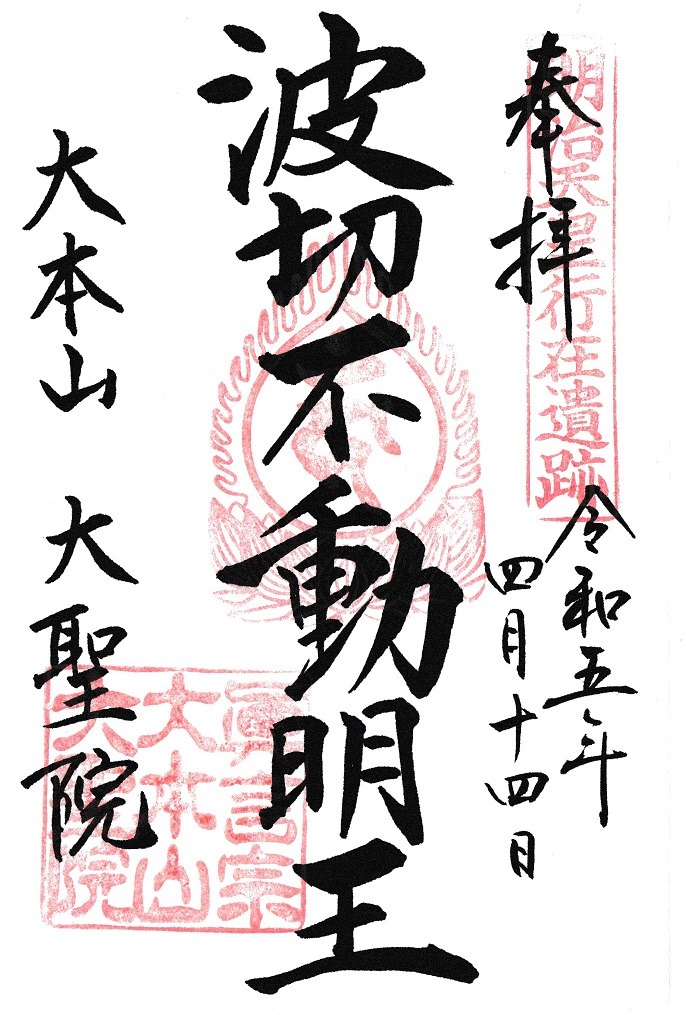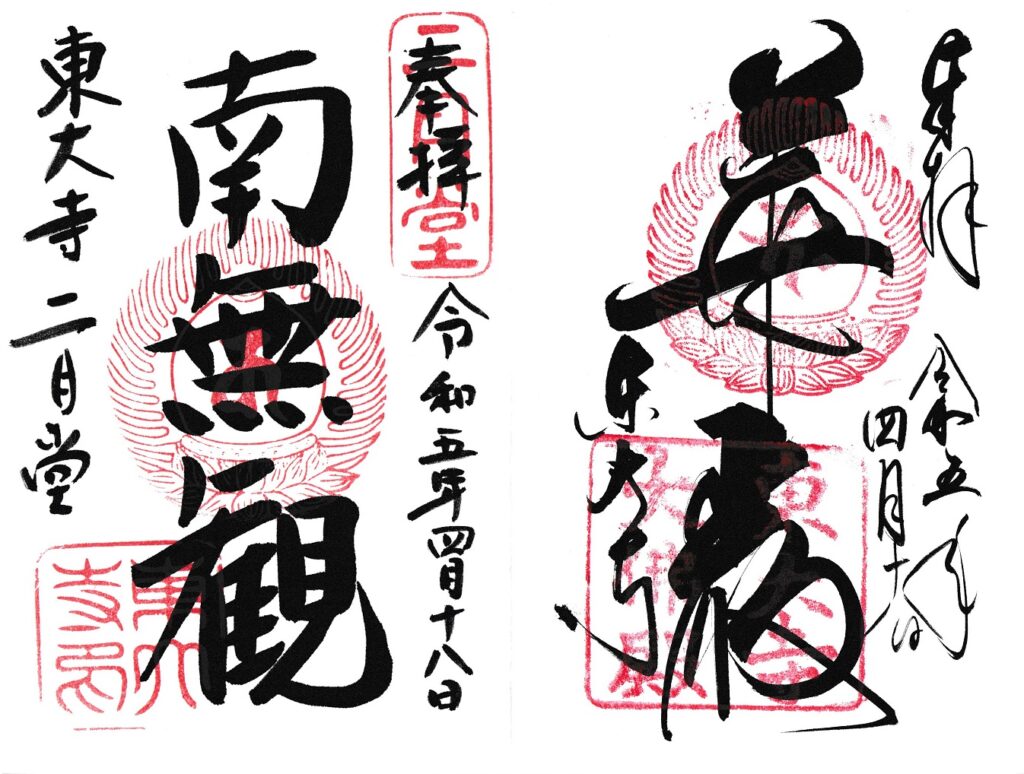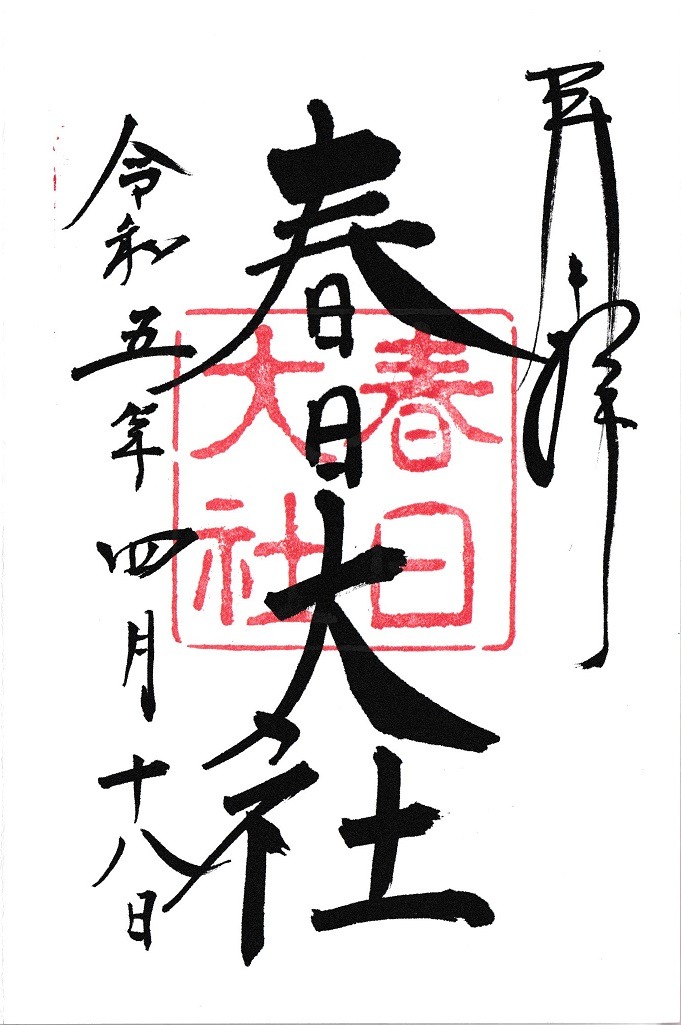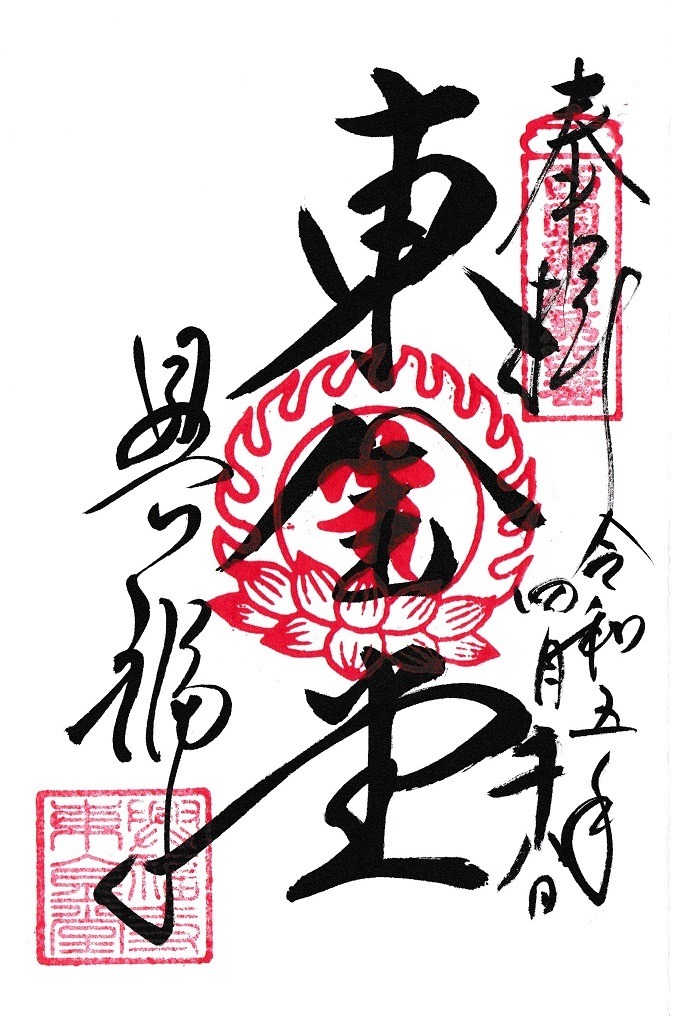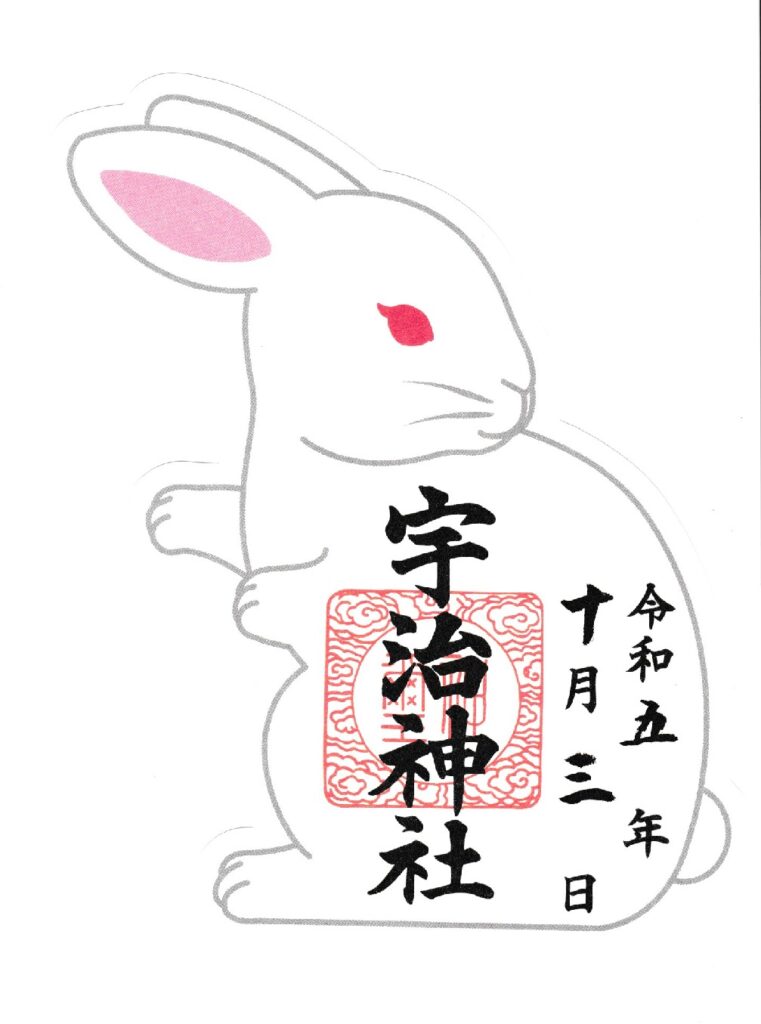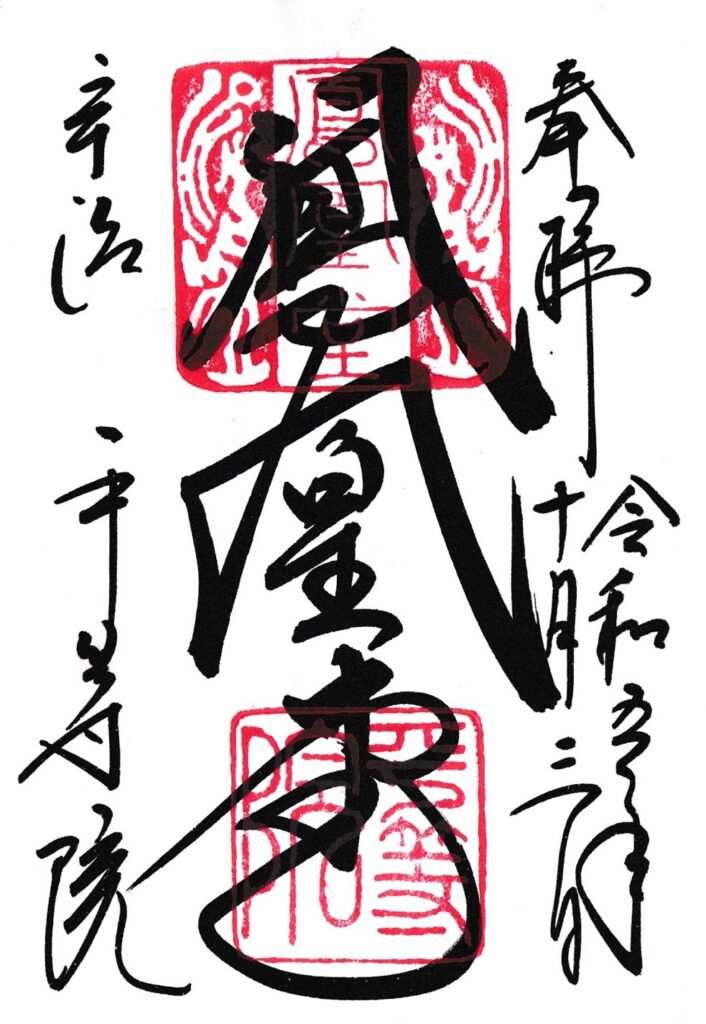Rinnoji
Rinnoji temple Rinnoji temple is located in Nikko, a little village tucked away in the mountains of Tochigi Prefecture. Not only is it a natural wonder, but it’s also been a UNESCO World Heritage Site since 1999. Yes, that’s right—Nikko is so special that even UNESCO couldn’t resist giving it its stamp of approval! Rinnoji […]




